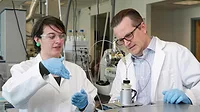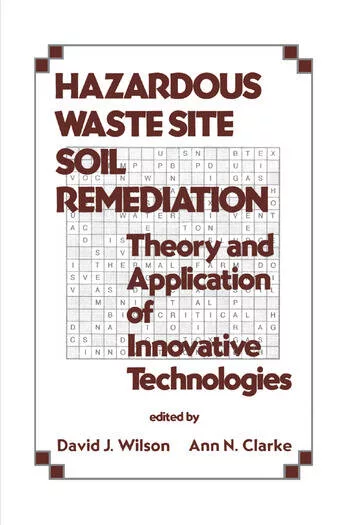School uniforms have high levels of PFAS
Schools uniforms, '100% cotton' labeling have the highest PFAS concentrations, according to a recent study.
.webp?t=1663879182)
Scientists at the University of Notre Dame, Indiana University, the University of Toronto and the Green Science Policy Institute recently analyzed a variety of children's textiles in North America. Fluorine was detected in 65% of samples.
Concentrations were highest in school uniforms. And counterintuitively, levels were higher in uniforms labeled as 100% cotton versus synthetics.
"What was surprising about this group of samples was the high detection frequency of PFAS in the garments required for children to wear," says Graham Peaslee, professor of physics at Notre Dame and a co-author of the study. "Children are a vulnerable population when it comes to chemicals of concern, and nobody knows these textiles are being treated with PFAS and other toxic chemicals."
An estimated 20 percent of public schools in the United States require students to wear uniforms -- meaning millions of children could be at risk of exposure to the toxic compounds.
Known as "forever chemicals," PFAS are known to accumulate in the bloodstream and have been linked to an increased risk of several health problems including weakened immune systems, asthma, obesity, and neurodevelopmental and behavioral problems. The National Health and Nutrition Examination Surveys from the Centers for Disease Control and Prevention routinely find PFAS in blood samples of children between the ages of 3 and 11.
Clothing treated with PFAS presents multiple routes for direct exposure -- through skin contact, inhalation or ingestion.
This study included a total of 72 product samples purchased online in U.S. and Canadian markets in 2020 and 2021. Researchers focused on products labeled as water or stain resistant, windproof or wrinkle resistant. Items tested in addition to the uniforms include outerwear such as rain suits, snowsuits and mittens; accessories such as bibs, hats and baby shoes; and sweatshirts, swimwear and stroller covers.
Additional research is needed to better understand concentrations over a lifetime of use and washings.
"There is no consumer option to purchase clothing that can be washed instead of clothing that comes coated with chemicals to reduce stains," Peaslee says. "We hope one of the outcomes of this work would be increased labeling of textiles to fully inform the purchaser of the chemicals used to treat the fabric prior to sale so consumers have the ability to pick garments that were not treated with chemicals for their children."
The purchased items were all initially screened at Notre Dame using particle-induced gamma ray emission (PIGE) spectroscopy, a novel method developed by Peaslee for accurate and efficient testing for the presence of fluorine.
Using the PIGE method, Peaslee's lab has detected PFAS in cosmetics, fast food wrappers, face masks, firefighting gear and drinking water.
The Environmental Protection Agency has moved to have forever chemicals officially classified as hazardous -- but the study is a reminder of the continued use of PFAS and PFOAS in consumer and industrial goods and their persistence in the environment.






